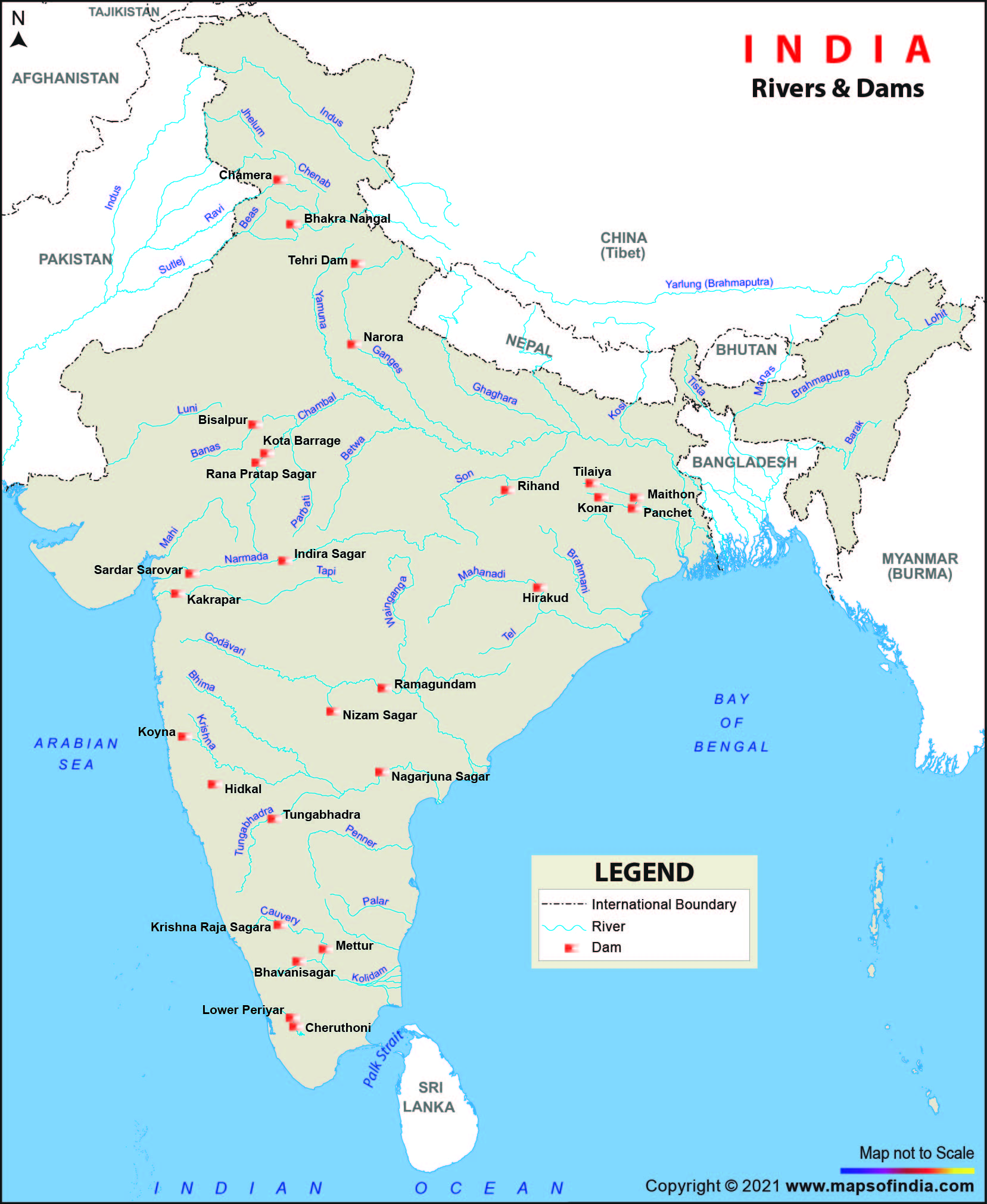Dam, Engineer and Country

Dams can be considered as temples of modern engineering in India. It solves 3 indispensable problems which can affect economy of any country; it adds into Power production, agriculture and controls floods. At Vadodara I was delighted to see plans, models and benefits of Kalpsar project. The most enthralling thing to notice is History of Dams in India.
Every Dam project undoubtedly is hard job, Nehruian Engineers did great and most prestigious project in India in northern India, Bhakra - Nagal Dam. It laid foundation for first green revolution in free India. At 680 feet, this dam was second highest dam in world. The concrete and masonry that goes into it was estimated at 500Milion cubic feet this was more than twice the cubic contents of the seven pyramids of Egypt. This project generated nearly a million kilowatts of electricity while irrigated 7.4 million acres of land during 2nd five year plan.
The dam making process involves four basic philosophical steps - know the nature, Invade resources of nature, mobilize or change existing ecological scene and finally fight with the nature. Ramchandra Guha talks about 4 photographs issued Indian Journal of power and river valley development, first showed densely wooded site before work began-The real Nature. Second showed crane like structures in the water and low bridge slung across the gorge: this was exploratory drilling in river bed with drills mounted on pontoons-the first invasion. The third photo taken in dry season showed hillsides quite bare with trucks and bulldozers on the riverbed-man lays the foundation for changing nature. The last photo, the dam had begun to rise, aided by machines of shape and size never before seen in India-the struggle with nature.
In the first week of July 1954 Nehru formally inaugurated this project. The simple questions which can demands more complex answer raises in mind, whether Indian government today can take up such projects? Does this country have Engineers who has courage, disciplined and liberal attitude towards his work? Do our technical engineers have passion for the work they are doing? Does our governance systems will allow people whose working style represents equality and fraternity or INDIANESS? Do we have plans to balance nature in infrastructure development?




Comments